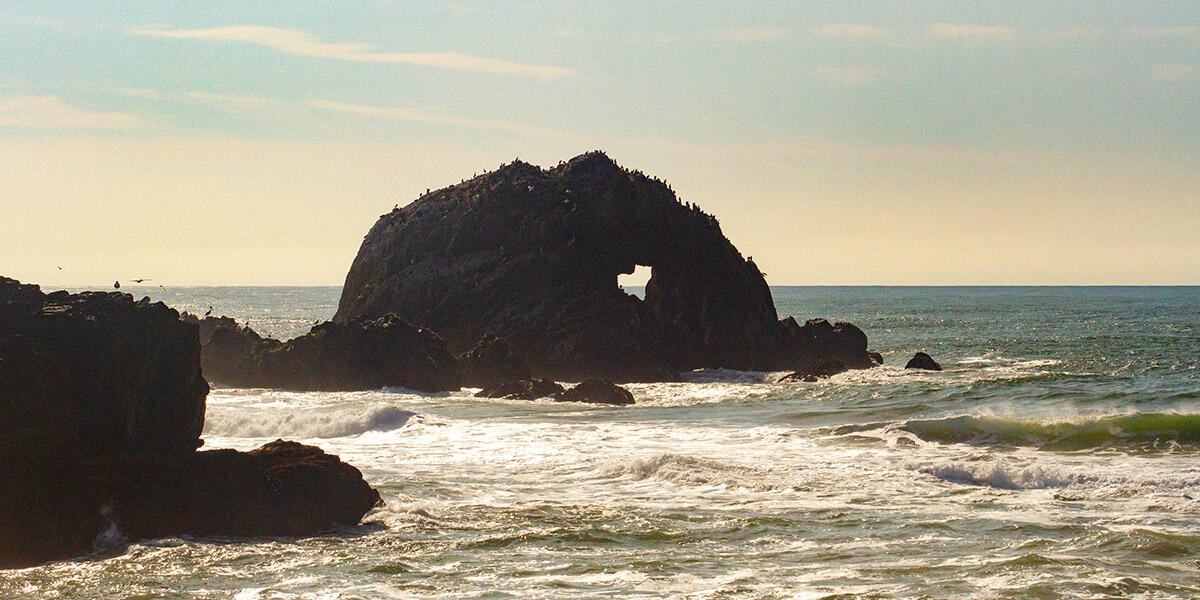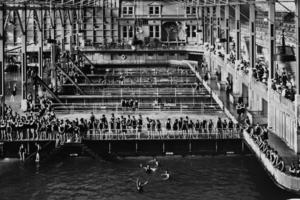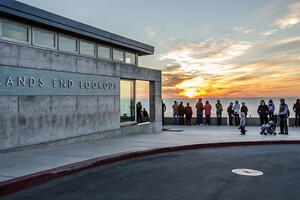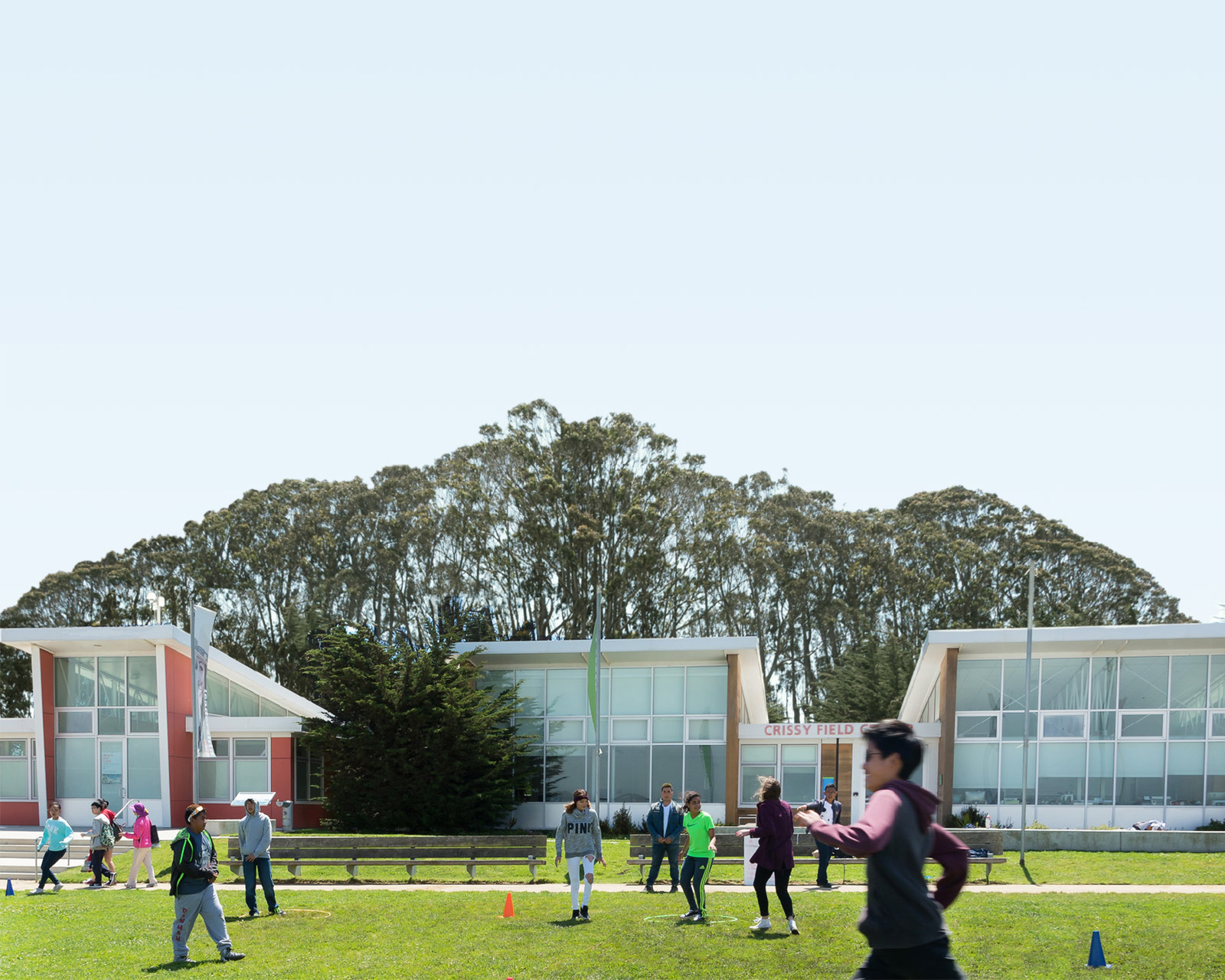
John Martini likes to say the Sutro Baths are San Francisco's great ruins. A sign at Lands End states: "Terrains that have been shaped by human activity in response to nature have a name—cultural landscapes."
Parks Conservancy members have enjoyed tours with the former park ranger and historian Martini to find out just how deep that cultural history goes, beyond just Sutro Baths. Here's a sampling of what you can learn on a tour, check our events page for upcoming tours and opportunities all over the parks. This is only scratching the surface at Lands End:
1) Freshwater spring
Did you know there's a spring at Lands End? The spring starts just below the Lands End Lookout and stretches down to the largest of the remaining Sutro Baths pools, a long rectangle. Because of the fresh water in this pool, birds passing through on the Pacific Flyway often take a dip to remove ocean water from their wings. The spring is one reason members of the Yelamu Ohlone tribe chose to camp here.
2) Yelamu shellmounds
Head up the Sutro Baths Upper Trail from Point Lobos and you'll pass a shellmound, or "midden," a historic marking of the Yelamu tribe of Ramaytush Ohlone peoples. There are hundreds of shellmounds around the Bay Area, many built up over thousands of years with shells, seeds, bones, and other organic material. The Yelamu camped and hunted seasonally at Lands Ends, but Europeans arriving in the 1770s decimated their way of life. It's believed that there are no living descendants of the Yelamu, but Ramaytush Ohlone people are still living in the Bay Area today.
3) Train tracks
When you walk along the Coastal Trail at Lands End, you're walking the same route a train once took around the hillside. Adolph Sutro wanted an affordable train to bring people from downtown San Francisco to his Sutro Baths, and carved out and blasted tunnels through the hillside to make it happen. The line originated near California St. and Presidio Ave., and endured landslides and washouts along its route. But San Franciscans enjoyed the route and enjoyed stopping at a small, hexagonal station near Lands End point to get out and hike, much like people do today.
4) Point Lobos
This circular point of land above Sutro Baths holds a lot of history. At the southern end of the point, look for metal rivets, the last remnants of a tram that once traveled from here to the Cliff House. Off the north end, see if you can spot the boiler of the Ohioan, a ship that wrecked on these rocks in 1936. Under your feet are catch basins. Sutro initially built his version of an aquarium, expecting the waves to wash over the catch basin and deposit sea creatures for visitors to view. The catch basins and aquarium ended up serving as the basis for the system feeding Sutro Baths.
5) Seal rocks
This rock formation just off the coast is an Instagram star these days, and has often drawn the attention of visitors. Look for more metal rivets on the back side of the Cliff House, where floodlights once lit up the rocks for nighttime viewing. Seals and sea lions were the stars for many decades before they moved to Pier 39, shortly after the Loma Prieta Earthquake in 1989. Nobody's exactly sure why they moved, but theorize it could be due to calmer conditions in the Bay. The Seal Rocks even have individual names. From south to north: Cone Rock, Hermit Rock, Arch Rock, and Repose Rock.




